Today we look at the KZ AS10, another budget model from KZ Acoustics and it’s quite impressive!
Disclaimer: The KZ AS10 was sent us from Linsoul Tech. Check out their Amazon page HERE. KZ Acoustics or Linsoul are not affiliated with Headfonia. The IEM costs around $69USD. This review has many comparisons to the KZ’s own ZS10 model, which I reviewed HERE.
Intro
The Chi-Fi market is an astonishingly rich field. Like I mentioned many times before, it’s impossible for us to track down all the models or cover all of them. However every once in a while we get our hands on some of the budget models that really rock. Today it’s all about the AS10 so let’s see how it really performs.
KZ – Knowledge Zenith
The other KZ units we reviewed are the KZ ATR and the KZ ZS10. The former still keeps its place in our Universal IEM Recommendations (since March 2017). Lieven called it the “Budget Miracle” and that headline speaks for itself. KZ has a large number of IEMs in their portfolio and it’s one of the best options for people who like to play around with several budget IEMs.
If you type KZ or Knowledge Zenith in Google, you will find loads of product links to order their products. There’s a dedicated website of KZ here, and I see they have added some information into that site since I reviewed the ZS10. However the English language is still not ideal and the page itself still needs some work in my opinion. I would like to get more info about KZ since they’re very popular, but let’s get on with the unit and the review itself for now.
KZ AS10
The KZ AS10 model has a full Balanced Armature setup unlike the ZS10 which has a 1 + 4 configuration. The five BA drivers were selected carefully as KZ claims, so I expect it to give a more precise and transparent sound performance overall. But of course we’ll see about that in the sound section.
Related to the configuration, the AS10 should offer more isolation since it doesn’t have an air vent which is necessary for dynamic drivers. Another addition is the inner structure. The acoustic structure is 3D printed and the drivers are placed around it. Those extras sound like a solid improvements on paper, however we need to see it in practice.
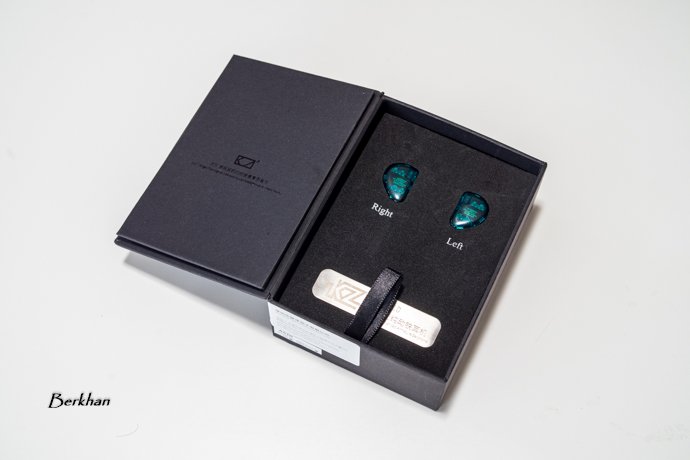
KZ AS10
Package
The box of the AS10 is a more premium one when compared to the ZS10’s. The unit arrived in a black box and it has a front cover, which you open to the side to see the IEM itself.
Instead of the black plastic, there’s now a soft foam that stores the ear pieces. It’s not very different then the ZS10 technically, but still it’s a better package, especially for the price level. You get the same amount of tips and no other accessories. It’s not a shame though considering the price bracket.
Design & Build
The looks are familiar with the hybrid counterpart, yet the AS10 looks better to me with a more stylish color scheme which I really liked. That cyan face plate gives the IEM a cool image, and the inner shell is now in a shiny black color. Also the AS10 has a slimmer body since it doesn’t have a dynamic driver. Therefore it overall looks more stylish and elegant then the ZS10 hybrid.
Build wise I didn’t spot any noticeable difference to be honest. It still has a two-piece plastic body but somewhat feels better in the hand. I think that’s due to the more premium looking design in terms of colors and the shell thickness. Another difference are the nozzle filters. Yes, there are none on the AS10, because the filter was moved deep down to the exit of the acoustic chamber. I found this solution very good and reliable for the long term. Because one way or another, those nozzle filters build up some wax over time.
The cable is the exact same one and there’s not even a tiny difference between them. The color of this cable maybe works for the ZS10, but for this AS10? Well, I think a black cable would look pretty good with this shell design. But it’s a 2-pin socket so you can always use a different cable with it.
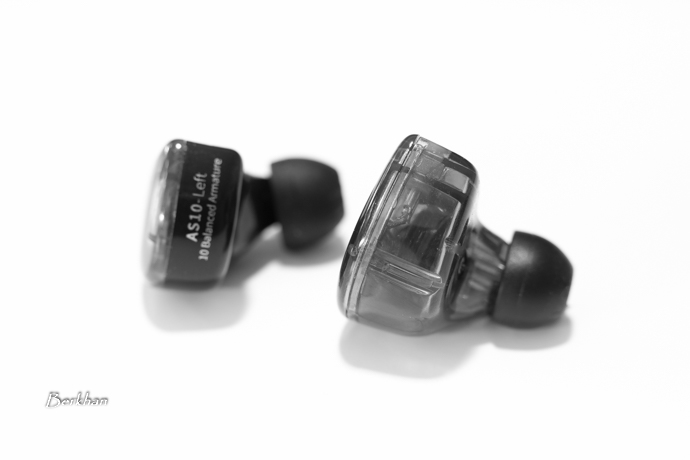
KZ AS10
Fit
Like I’ve mentioned earlier, the AS10 indeed isolates the outside noise better. There’s no vent and it’s a fully closed shell. In addition, the shell has a smaller and thinner footprint and that creates a more secure/flush fit. The nozzle of the AS10 goes deeper than the ZS10 as well.
So fit-wise everything has improved with the AS10 and I’m really fond of this new shell. Compared to the fatter shell of the ZS10, this is a lot more ear friendly and ergonomic. Most important; if the isolation is important to you, this is one of the budget IEMs that you can comfortably choose.
The review continues on PAGE 2





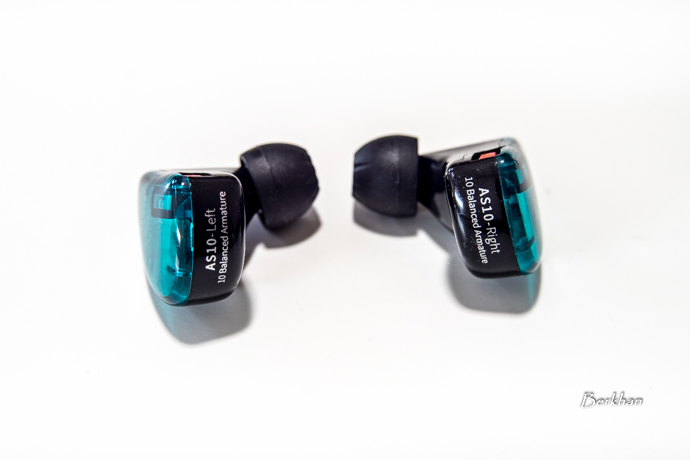
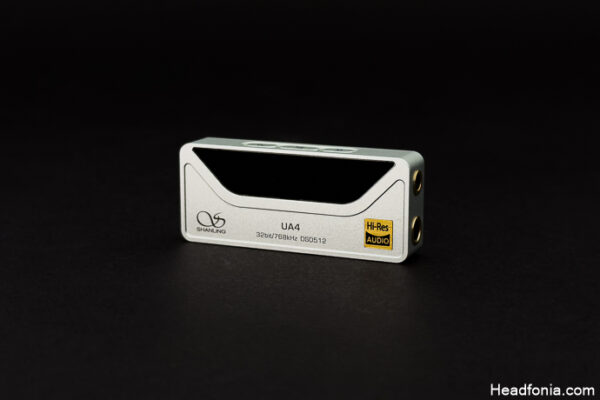
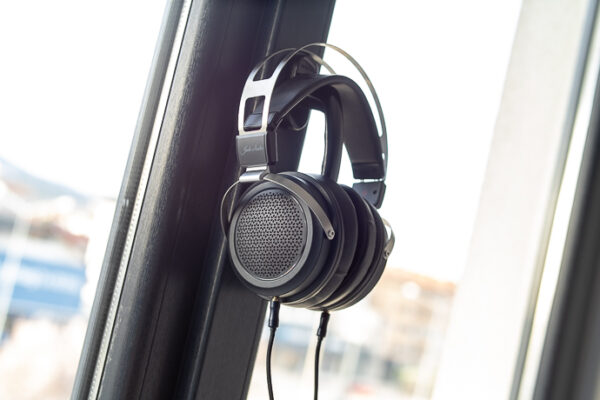
Audio Power
I like the transparent shells very much. See the small details of circuits, tranducers, etc.
Berkhan
For sure!
Wijaya
hi, I’m thinking on replacing my old sony mh1c with this one.
do you by any chance ever tried it? I want to know how those two compares in terms of characteristics.